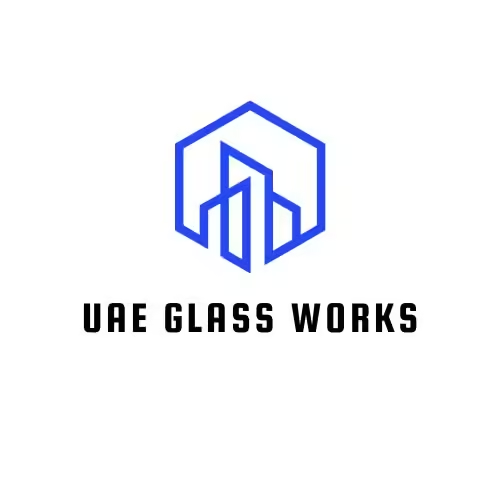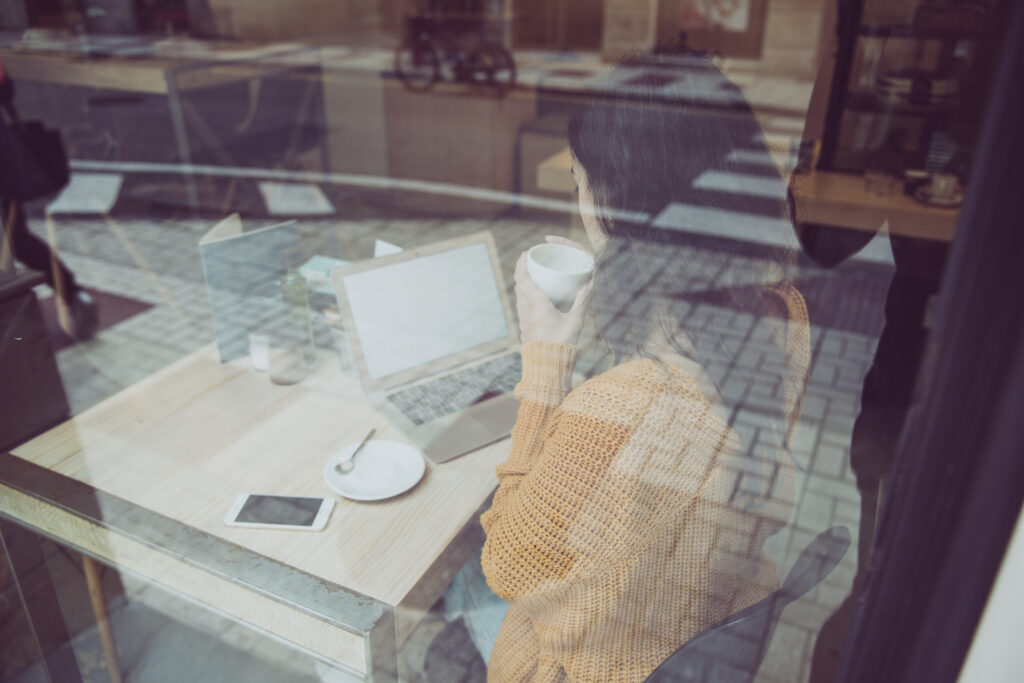In different types of glass out there, low-e glass has the major significance for its performance. With changing times, the construction and home interior work has changed their face in using newline, durable and efficient material such as low-e glass.
But what is it after all?
Low Emittance, or Low E, is high-quality glass treated with a razor-thin, colourless, non-toxic coating to window glass. It optimises and maximises energy efficiency. Due to the aesthetics, performance, quality and efficiency, low-e glass is used majorly for homes.
Scroll a few more times to find out.
What is low-E Glass?
Low-e glass is the newline but very much efficient glass. It would not be exaggeration that low-e glass is a golden standard to use for your home windows and for offices. So basically, low-e glass or low-emissivity glass has the coating that is applied on it.
This chemical coating makes it more efficient towards energy. It’s built to keep in infrared light for colder climates and it’s a cost-efficient option for sure. A low-e glass is usually colourless and has the ultra-thin, nontoxic coating that cuts down the UV light that passes through. Low-e glass is thinner than human hair.
How Low Glass Works?
Working of a low-emissivity glass is not a science- but it is. Due to the microscopic layer a reflective coating on the results in the best performance for keeping it energy efficient. Offices, homes and buildings with low E glass keep the heat inside during cold winter days and you remain cozy and warm within the rooms.
How is Low E Glass Is made?
Low e glass is manufactured in a process where low-e coatings come in two major types i.e. hard coat and soft coat. Usually the hard coat is achieved by pouring melted tin on the glass, whereas the soft coat low-e glass is made with silver, tin or zinc that is applied to the glass in a vacuum. Soft coats offer better insulation due to high R value.
Types in low E glass
Mainly there are only two types of low e glass in the market which are soft coat low e glass and hard coat low e glass. Both types are thin and reflect interior heat energy rather than absorbing.
Which type is better; Soft coat or a hard coat?
In low e glass if you want enhanced durability and strength, hard coating glass type is best. But if you only want aesthetics, choose a soft-coating low-e glass. Soft coat offers added visibility and light transmission.
What colors low-e glass comes in?
Talking about aesthetics and colors, low-e glass has the metallic coating and its color variation deepens on the thickness of glass. As a rule of thumb, low-e glass has minor tint and reflective tone of green tint.
Top Benefits Low-E Glass
Reduce UV Rays, Saves things from Fading
Unlike regular glass, low-e glass is powerful enough to block what you don’t want- the UV light. The coating on the glass is highly efficient to block all the ultraviolet light and waves that can otherwise burn your sensitive skin. Also it’s best when you want to save your expensive furniture, and cloth, carpets, drapes, and more from getting faded.
They Reduce Energy
This glass type is another level efficient when you want to reduce the energy cost in your home. It blocks the infrared light from getting inside. It keeps the heating/cooling energy in being energy-efficient is another benefit that lower glass.
They Never Block Natural Light
Blocking UV light from windows does not mean you never get natural light at all. Low-E glass is best to let the natural light in admits best for when you want to study or do work in day time. However, they will reduce the light to some extent.
Disadvantages of low E glass
- Expensive
- Prone to cavity condensation: when water vapour trains between the panes of low-e glass windows condenses. It results in fogging
- Hard to customise in architectural styles or preferences
- Limited options in design
- Reflects a significant amount of visible light and buildings may appear darker. You need artificial lights during daytime.
- Sometimes low-e glass can let out ghost effect and showcases streaks or uneven patterns
Should I choose low-e glass?
Low-e glass is highly useful when you want comfortable sitting and peaceful home time. There are still many reason why its efficiently such as;
- Easy to maintain and clean
- Reduces the carbon footprint
- It has better sound insulation and offers exceptional output for sound insulation than traditional windows.
- Durable enough and offer safety where there is risk of break-in and theft.
- Let you work in focus by minimize the sun glare
- Readily reduces energy consumption and greenhouse gas
Application of low-e glass; its uses
It’s mostly used in windows and in buildings that have many glass works or windows. The glass doors also use low-e glass.
Mostly low-e glass is used for windows and doors and the purpose is to make the energy consumptions in hand. Mostly, low e glass makes it exceptional when you use it as a skylight. The ideal clarity and UV light blocking becomes the best benefits of this glass.

